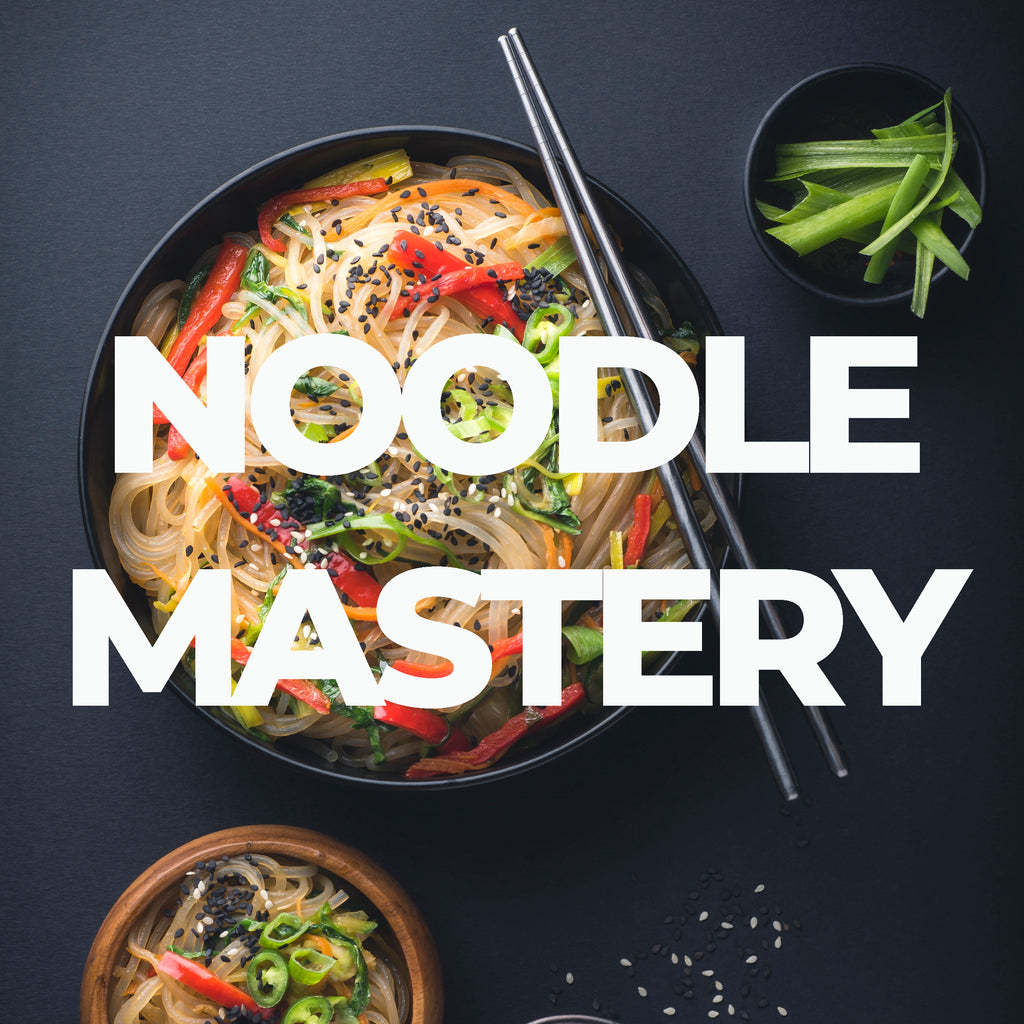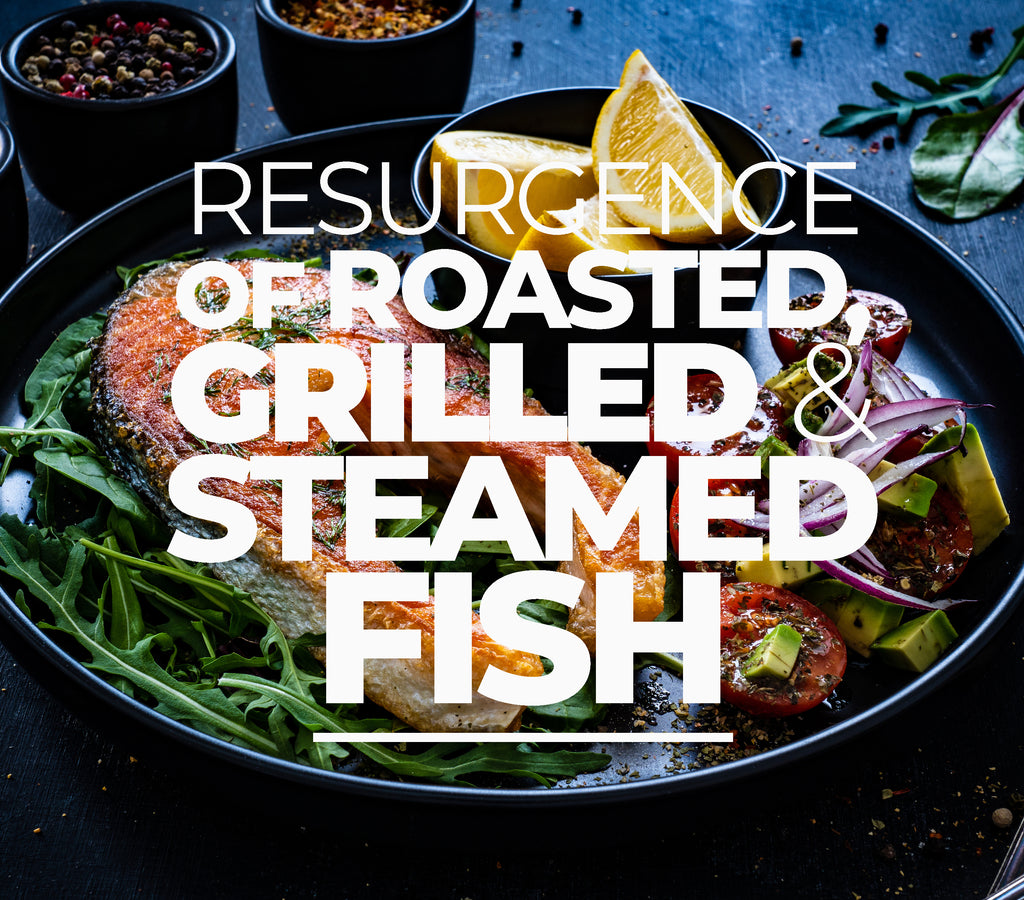Thriving in the Cooking Business: Restaurants, Culinary Trends and Café Ideas
- Nov 12, 2023
- 0 Comments
The culinary world is a fierce arena where restaurants, cafés, and eateries are consistently vying for customer attention. In an industry that's always simmering with innovation, how can cooking businesses stay afloat and thrive? This article serves as a guide for cooks, chefs, restaurant managers, café owners, and hotel managers, providing insights into the latest trends in the industry and offering tips on how to endure in this competitive landscape.
Understanding the Industry: Restaurants, Cafés, Eateries, and Hotels
The food industry is a vast ecosystem, encompassing restaurants, cafés, eateries, and hotels. Each of these entities offers a distinct dining experience, catering to diverse gastronomic preferences and lifestyle choices of consumers. Understanding the nuances of these different sectors is the first step to surviving in the cooking business.
Trend 1: Sustainability in the Culinary World
As consumers become more environmentally conscious, sustainability is not just a trend but a necessity in the culinary world. Restaurants and hotels are reducing food waste, sourcing locally, and adopting eco-friendly practises. Cafés, on the other hand, are making strides in serving ethically sourced coffee and promoting reusable cups.

Trend 2: Embracing Technology
From online reservations to digital menus, technology is transforming the way restaurants, eateries, and hotels operate. Incorporating these innovations can help businesses streamline their operations, enhance the customer experience, and ultimately increase their bottom line.
Trend 3: The Rise of Plant-Based Cuisine
With the growing shift towards a healthier lifestyle, plant-based cuisine is gaining popularity. Restaurants and cafés are expanding their menus to include more vegan and vegetarian options, thereby attracting a wider customer base.
Café Ideas: Brewing Success
What makes a café thrive in this competitive market? The answer lies in creating a unique and engaging customer experience. Offering speciality beverages, hosting live events, and creating a cosy ambience are just a few ways to attract and retain customers. In addition, customer loyalty programs can encourage repeat visits and foster a sense of community.
Surviving in the Cooking Business: Strategies for Success
1. Constant Innovation: With evolving consumer tastes, it's crucial to keep innovating. Whether it's experimenting with new recipes, redesigning the menu, or renovating the restaurant's interior, innovation is key to staying relevant.
2. Quality Service: In the hospitality industry, service is as important as the food served. Training staff to deliver exceptional service can significantly enhance customer satisfaction and loyalty.
3. Effective Marketing: Utilising digital marketing tools, such as social media platforms and SEO, can help restaurants, eateries, and hotels reach a wider audience.
4. Financial Management: Proper budgeting and cost control are essential for the survival of any cooking business. Understanding the financial intricacies of the industry can prevent unnecessary losses and promote growth.
Conclusion
Surviving in the cooking business requires a blend of creativity, adaptability, and strategic planning. By staying abreast of the latest trends, embracing technology, and prioritising customer satisfaction, restaurants, cafés, and eateries can navigate this dynamic industry and create a recipe for success. For those in the hospitality sector, these insights are not just trends to watch but a roadmap to thrive in the culinary world.











